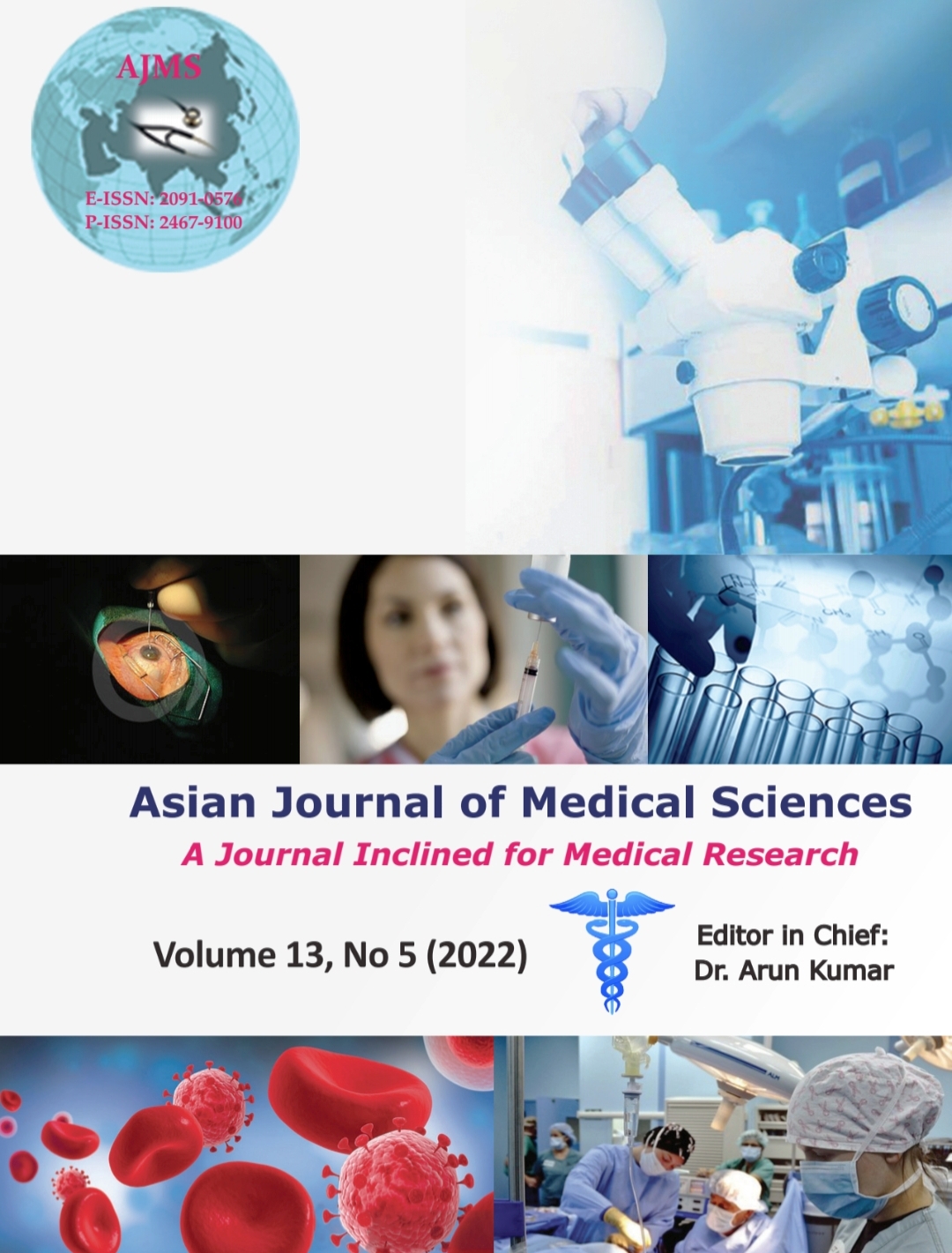Comparison of intranasal dexmedetomidine and oral midazolam as premedication for cochlear implant surgery in children
Keywords:
Dexmedetomidine, Midazolam, Intranasal, Pre-operative anxiety, AtomiserAbstract
Background: Children undergoing surgical procedures can experience significant anxiety and distress during the perioperative period. The use of sedative premedication may help to reduce anxiety, minimize the emotional trauma, and facilitate a smooth induction of anesthesia. Midazolam is most commonly used as a premedication agent in children. Dexmedetomidine is a highly selective alpha-2 adrenoreceptor agonist that provides sedation, anxiolysis, and analgesic effects without causing respiratory depression.
Aims and Objectives: The aim of the study was to compare intranasally administered dexmedetomidine and oral midazolam for premedication in pediatric patients undergoing cochlear implant surgeries.
Materials and Methods: This prospective randomized controlled study included 60 ASA Grade I and II patients between 1 and 6 years of age who underwent cochlear implant surgeries under general anesthesia. Patients were divided into two groups. Group A received 1μg/kg intranasal dexmedetomidine and Group B patients received 0.5 mg/kg oral midazolam 45 min before induction. The pediatric separation anxiety was assessed using the pediatric separation anxiety scale (PSAS) while shifting the patient to operating room (OR) and mask acceptance was assessed by the attending anesthesiologist using mask acceptance scale (MAS) in OR who is blinded to the drug given. Heart rate (HR) and oxygen saturation were monitored till the end of procedure was noted on a pre-structured proforma.
Results: The mean PSAS in intranasal dexmedetomidine group was 1.00±0.00, while in the oral midazolam group was 2.10±0.31 (P=0.000). The mean MAS in intranasal dexmedetomidine group was 1.00±0.00, while in the oral midazolam group was 2.13±0.35 (P=0.000). Mean HR (P>0.05), systolic blood pressure (P>0.05), and diastolic blood pressure (P>0.05) were comparable between both the groups. There was a statistically significant association seen between sedation grade and the groups (P=0.000), showing that groups are dependent on the sedation group. There was a statistically significant association seen between wake up behavior grade and the groups (P=0.000), showing that groups are dependent on the wake up behavior grade.
Conclusion: Intranasal dexmedetomidine is an effective and safe alternative for premedication in view of parental separation, mask acceptance, hemodynamic stability, and sedation for the children undergoing cochlear implant surgeries under general anesthesia.
Downloads
Downloads
Published
How to Cite
Issue
Section
License
Copyright (c) 2022 Asian Journal of Medical Sciences

This work is licensed under a Creative Commons Attribution-NonCommercial 4.0 International License.
Authors who publish with this journal agree to the following terms:
- The journal holds copyright and publishes the work under a Creative Commons CC-BY-NC license that permits use, distribution and reprduction in any medium, provided the original work is properly cited and is not used for commercial purposes. The journal should be recognised as the original publisher of this work.
- Authors are able to enter into separate, additional contractual arrangements for the non-exclusive distribution of the journal's published version of the work (e.g., post it to an institutional repository or publish it in a book), with an acknowledgement of its initial publication in this journal.
- Authors are permitted and encouraged to post their work online (e.g., in institutional repositories or on their website) prior to and during the submission process, as it can lead to productive exchanges, as well as earlier and greater citation of published work (See The Effect of Open Access).




